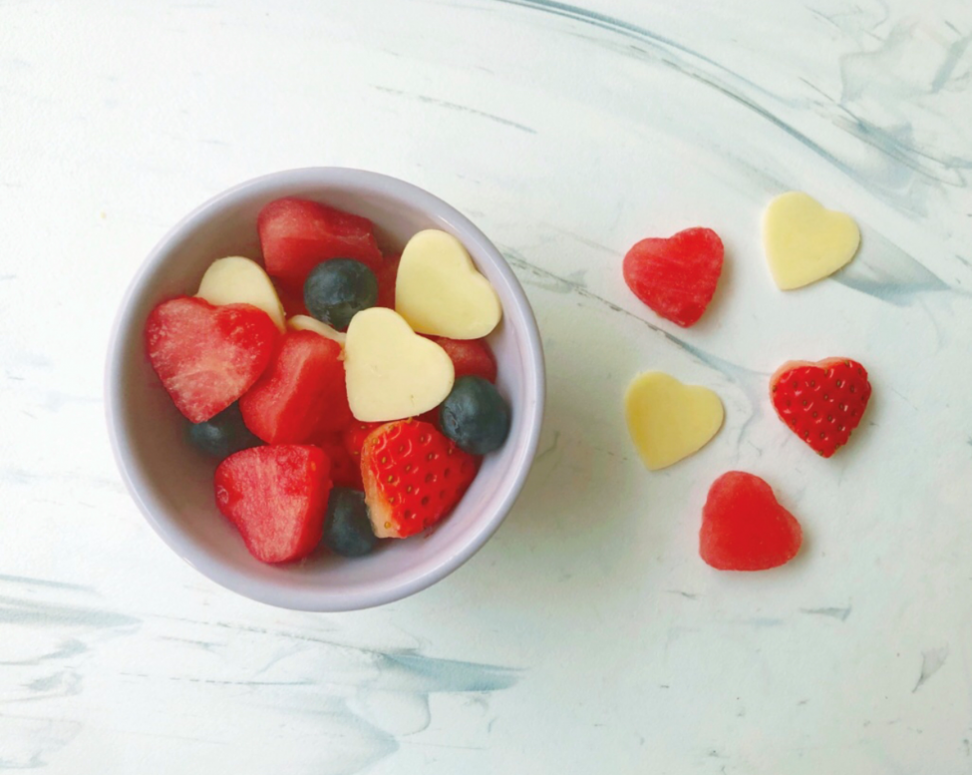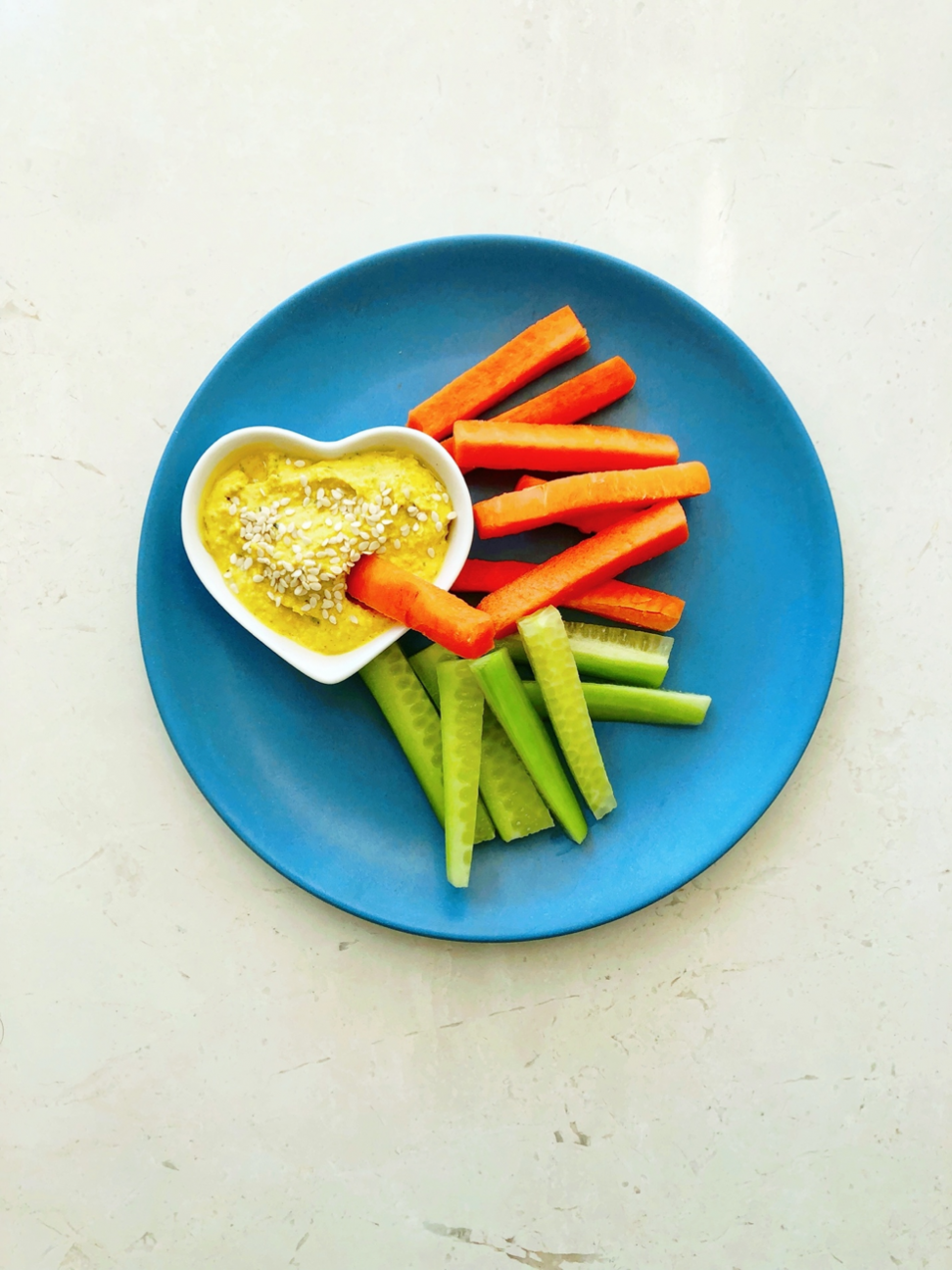
Weaning is challenging! There is a plethora of information out there and no one size fits all for getting your baby started on solids. Add that we live in a world where highly processed foods, additives and artificial flavourings are fast becoming the norm, so what we feed our children needs to be centred around promoting their health and well-being without compromising on flavour and taste. A broad and varied diet coupled with exposure to a range of flavours from the early years will encourage life-long enjoyment of real food. Food isn’t just fuel! It should be fun, enjoyed and, for many, a way to bring families together!
Let’s be realistic, your little one isn’t going to like every food you serve, it could be the flavour, texture, look, smell or they are just having an off day (like adults do!). Concentrate on offering variety and mindful feeding; offer wholesome and nourishing food that meets their nutritional requirements and allow them to explore different tastes, flavours and textures. Being consistent and persistent is key, some children need over 15 exposures to a food before even trying it! And add in some FUN! Let them really explore, investigate and play with their food; it all counts as exposure.
Whether you take a traditional purée approach or skip the purées and dive straight into soft finger food to promote self- feeding, baby and toddler food shouldn’t be bland!
Experimenting with a range of aromatic spices can help to expand their palettes and cultivate adventurous eaters who enjoy a range of flavours, textures and are excited by food! Introducing bold flavours early on is essential as receptiveness to new tastes narrows as they get older - so go big with flavour!
Whichever approach you take, the Nuby dippy self-feeding spoons are a fab tool to get your little one’s on the road to independent feeding as they are dual ended. One end has a textured dipper to make practicing self feeding easier and the other a spoon for a little help from parents, and to use independently as they get older. Importantly, both ends have a choke protection guard, to reduce gagging and minimise the risk of choking.
Children need carbohydrates, fat, protein and a plethora of vitamins and minerals to support their growth and development and therefore need a varied and balanced diet to meet their nutritional needs.
Here are my top tips to getting your little one’s enjoying different foods and building a healthy relationship with food:
- Lead by example! Role model eating and enjoying the food you serve. Watching you enjoy food at mealtimes is powerful and encouraging. Eating together is important, it promotes social interaction and allows children to model and learn eating behaviour.
- Let them play with their food! Add in an element of “fun” like food picks and fun utensils. Let them use their imagination and have FUN playing with their veggies.
- Serve food they don’t enjoy alongside favourite and familiar foods, without any pressure for them to eat it. Talk about the flavour, colour and texture - for example, “what does it feel like?”, “is it soft or crunchy?”. Keep the serving small as you don’t want to overwhelm them.
- Add flavour! Roasting vegetables with simple spices and adding them to pasta/curries can make a big difference. Spices add dimension and depth to food and you may find they enjoy food they wouldn’t usually eat!
- Use cutters to make veggies fun! New and interesting shapes can really spark their interest! Many children also prefer veggies when they are prepped, for example, pre cut/peeled. it is a small addition of effort but a little goes a long way!
- Serve the same food in different ways. For example, if your kids won’t drink a fruit loaded smoothie try freezing it into lollies! The fruitsicle moulds are great and perfect for little hands to grip!
- Get them involved in the kitchen. Even touching, smelling and playing with vegetables counts as an exposure and children are often more likely to try a food they have been involved in preparing. Stirring, mixing, pouring and measuring is a lot of fun for kids!
- Give them a choice! Kids feel so empowered when they have a say! For example, asking would you like carrot or peas with dinner? Or for example, letting them pick what veggies they’d like on their pizza.
- Use silly name for food! “Little trees” seems a lot more exciting than “broccoli” or “magic sprinkles” instead of “chia seeds”. Changing how you describe food can work wonders!
- Be persistent and consistent!!
Making The Most Of Snack Time
Think of snacks as a supplement to a main meal and use them as an opportunity to supplement meals thereby ensuring that they meet their daily nutritional requirements.
Snack Time Tips
1.Offer Nutritionally Dense Snacks
Snack time is a great opportunity to offer foods you feel your child may not be eating enough of at meal times, for example, vegetables or healthy fats. Little tummies fill up fast so I always try to optimise every bite at snack time and pack in vitamins and minerals that are so vital for growth.
2. Offer Balanced Snacks
I try to stick to the following formula, fruit/veggie + protein and/or healthy fat. This gives them the fuel they need to play and learn whilst keeping them full until their next meal time.
3. Use dips!
Dips are really appealing to many kids and even if they just use the veggies/fruit served alongside as a vehicle to eat the dip, it’s still an exposure and you are offering a balanced snack!
My favourite simple go to snack upgrade ideas:
- Pair fruit with cheese for healthy fat and protein. Cute cut outs are always optional but can add a lot of fun!

2. Pair banana with nut butter for healthy fat and protein. Simply slice up the banana and add a thin layer of nut butter. A little sprinkling of cinnamon adds flavour too.
3. Veggies with hummus. Dipping is always fun and hummus adds protein, fat and iron!

Do check out my Instagram page @my.little.food.critic and my website www.mylittlefoodcritic.com for lots of easy, delicious and nutritious recipes!
